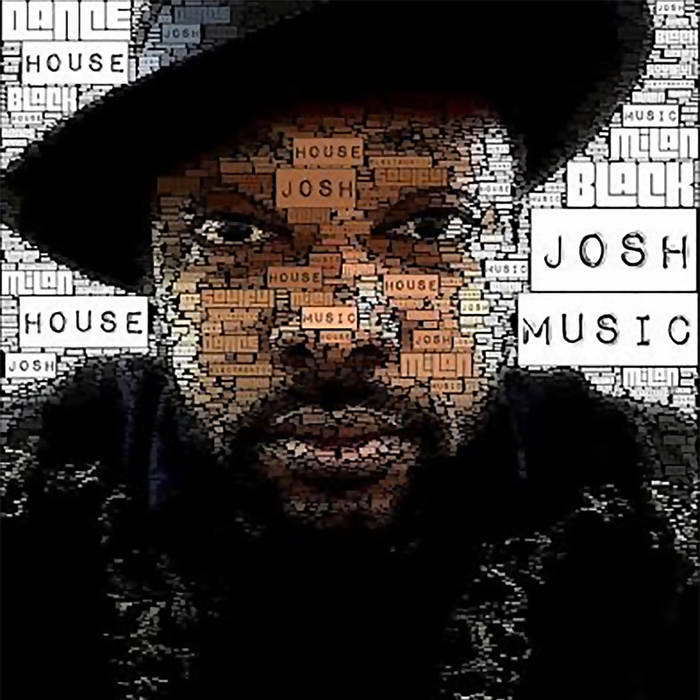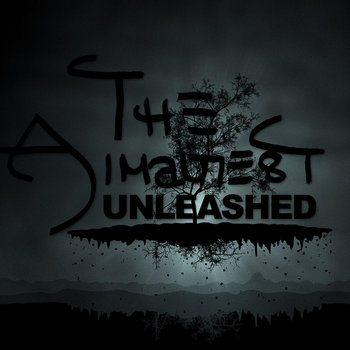
Written by Ben Sisario — The music industry’s streaming wars are usually seen as having three major combatants: Spotify, Apple and Pandora.
Over the last year, however, another technology giant, Amazon, has been quietly building a competitor with a slightly different approach. Amazon Prime Music, available to subscribers of the company’s $99-a-year Prime membership program, offers more than one million songs — a fraction of the catalogs available from services like Spotify and Apple Music, which each say they have more than 30 million tracks. And Prime Music lacks current hits by acts like Taylor Swift, Ed Sheeran and the Weeknd.
Yet the company has begun to establish itself by focusing on what may be a vast part of the audience for streaming music: casual listeners and families. This part of the market, analysts say, may not mind the absence of a few current hits, especially considering that they can also receive the shipping discounts and streaming video offerings — like the Emmy-winning show “Transparent” — available to Prime members. And they may appreciate a surprise or two, like “Indie for the Holidays,” a playlist of 26 songs that Amazon commissioned from acts like Lisa Loeb, Rogue Wave, Robert Pollard and Langhorne Slim that will be available free for Prime members next week.
“There are people on the cutting edge of music who really want to be deep into the catalog, and then there are a lot of mainstream music fans for whom just having some good music to listen to is sufficient,” said Russ Crupnick of the consumer research firm MusicWatch. “That’s where a service like Amazon works out just fine.”
Amazon has not disclosed how many people use Prime Music and estimates vary widely. Using surveys, MusicWatch said that about 8.5 million people listen for at least one hour a month; some music executives who have dealt with Amazon put the number closer to three million or four million. (According to a recent estimate by Consumer Intelligence Research Partners, the overall Amazon Prime program has 44 million subscribers in the United States.)
That is still well below the numbers for Spotify, which says it has 75 million users, including 20 million paid subscribers; and Apple, which has attracted 15 million users for its new Apple Music, 6.5 million of whom pay. Both cost $10 a month for a standard subscription.
Pandora has 78 million listeners, including 3.9 million who pay $5 a month for Pandora One, which eliminates advertising.
But analysts say that the growth of Amazon Prime Music since it began in June 2014 shows how quickly a major technology company can amass an audience large enough to challenge more established streaming services, especially when it bundles its music offerings with other services.
Steve Boom, Amazon’s vice president for digital music, said that the company began to develop its strategy for streaming music as the wider market for downloads began to tumble several years ago. “As customers have been shifting toward streaming, we knew we would ultimately have to get there,” he said in an interview at Amazon’s headquarters.
The company — which by some estimates is still the biggest retailer of CDs and vinyl records — found that its customers wanted to be able to stream music without ads, to skip songs as they pleased and to save songs on mobile devices to listen to when they were offline. And most customers, Mr. Boom said, did not need that full catalog that Spotify offered. (This reflects Amazon’s broader strategy of emphasizing very low prices for its products to appeal to as wide a market as possible; the company recently began offering a Fire tablet for $50, for example.)
“We went for a bit more of a mainstream listener,” Mr. Boom said, “for whom access to everything at all times wasn’t necessarily the main thing.”
The resulting service is something of a cross between Pandora and Spotify. As an on-demand service, it lets users search for specific tracks to listen to, and is full of playlists and recommendations. But it also has radiolike feeds of songs organized by genre or artist.
While other streaming services have had their greatest success with younger-leaning genres like hip-hop and electronic dance music, Amazon emphasized middle-of-the-road pop, indie rock and children’s music.
“The sweet spot of Prime is really the young family,” Mr. Boom said, speaking near a conference room that was being used for a concert for Amazon employees and their children by the Pop Ups, a children’s music duo that released an exclusive album with Amazon in September.
Last year, the company commissioned a playlist of holiday music, “All Is Bright,” and this season it has doubled down on that strategy. Last month it released an exclusive album from Ms. Loeb, “Nursery Rhyme Parade,” and on Friday it will begin streaming songs from “Christmas in Tahoe,” an exclusive album from the pop-rock group Train.
Ms. Loeb — best known for her 1994 song “Stay (I Missed You),” and her signature cat-eye glasses — said that Amazon’s ability to market her music to other mothers was unrivaled.
“For me, as a mom, I know the power of Amazon,” Ms. Loeb said in an interview. “I go there multiple times a week, to buy diapers in the middle of the night or to pick up a birthday gift for a relative out of town. As a musician I am always interested in a new way to reach people who may be interested, and Amazon is in front of a lot of eyeballs every day.”
The arrival of Prime Music last year was not fully welcomed in the music industry, as some record labels complained that the company was offering too little in licensing fees. Universal Music Group, the biggest label, held out for more than a year, before announcing a deal in September. Neither company would comment on the deal, but two people with knowledge of the negotiations said that Amazon eventually agreed to a higher royalty rate for Universal.
Artists and managers who have been involved in exclusive content deals with Amazon said that the company offered generous terms and did not interfere with the recording process. Esmé Patterson, a singer-songwriter whose song “If I” is on “Indie for the Holidays,” said the only thing she was worried about was her anti-consumerist message.
“I said in the song that buying things wasn’t the point of Christmas for me,” Ms. Patterson said. “I hoped that Amazon wouldn’t be upset about that.” There was no objection, she said.
Mr. Boom said that, despite the new collections, Amazon was not interested in acting as a record label in the same way that it had become a television studio, with coming shows like “The Man in the High Castle” and a series written and directed by Woody Allen. But he said that the company would continue to experiment with music.
“There’s room in the market,” Mr. Boom said, “for different types of services.”
Click here to read from this article's source.












































